Monstera Deliciosa, affectionately known as the Swiss Cheese Plant, isn’t just another indoor plant—it’s a statement piece that brings tropical vibes right into your living room. But to see those iconic, fenestrated leaves unfold in all their glory, nailing the right soil mix is absolutely key. Let’s delve into what makes the perfect soil for your Monstera and how you can craft your own bespoke blend.
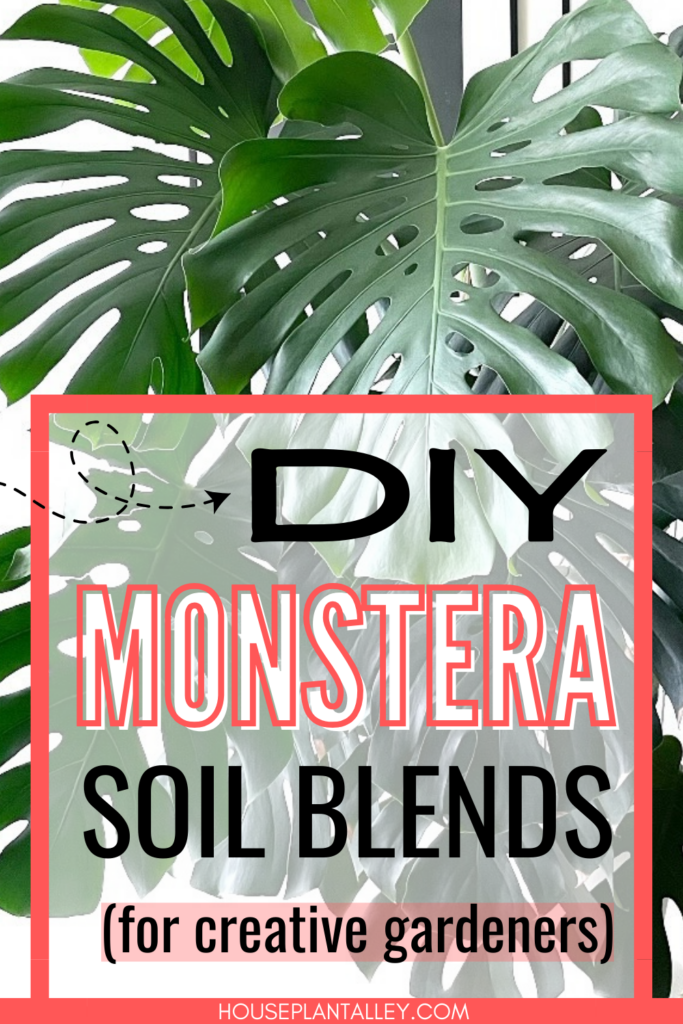
Contents
- 1 Understanding Monstera Deliciosa’s Natural Habitat
- 2 Why Soil Composition Matters
- 3 Key Characteristics of Ideal Monstera Soil
- 4 Crafting the Perfect Monstera Deliciosa Soil Recipe
- 5 Potting Your Monstera with the Custom Soil Mix
- 6 Tips for Maintaining Optimal Soil Health
- 7 Common Mistakes to Avoid
- 8 Enhancing Your Soil Mix (Advanced Tips)
- 9 The Role of Soil in Monstera Fenestration
- 10 Troubleshooting Soil-Related Issues
- 11 Beyond Soil: Holistic Monstera Care
- 12 Did You Know?
- 13 Expanding Your Plant Family
Understanding Monstera Deliciosa’s Natural Habitat
Before we get our hands dirty with soil recipes, it’s crucial to understand where Monstera Deliciosa comes from. Native to the rainforests of Central and South America, these beauties thrive in humid environments with rich, well-draining soil. The forest floor is a mix of decomposed leaves, organic matter, and airy substrates—mimicking this environment is the goal.
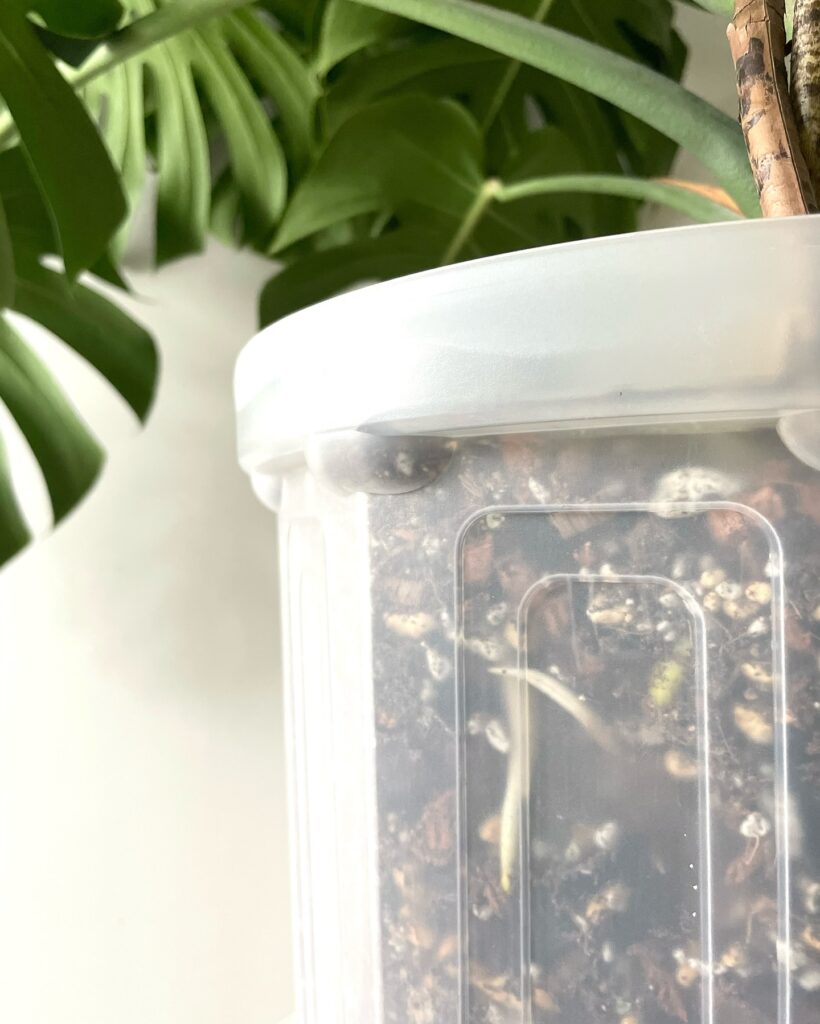
Why Soil Composition Matters
The right soil mix impacts:
- Drainage: Prevents root rot by allowing excess water to escape.
- Aeration: Ensures roots have access to oxygen.
- Nutrient Availability: Provides essential minerals for growth.
- Moisture Retention: Keeps roots hydrated without waterlogging.
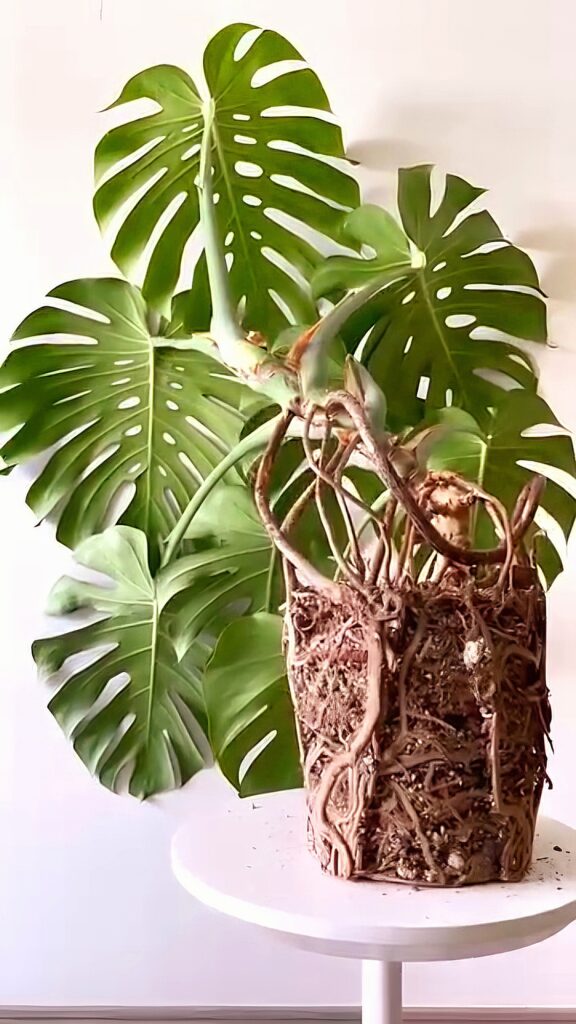
Key Characteristics of Ideal Monstera Soil
- Well-Draining: Avoids soggy roots, a common culprit for plant diseases.
- Rich in Organic Matter: Supplies nutrients over time.
- Slightly Acidic pH (5.5 – 7.0): Optimizes nutrient uptake.
- Aerated Structure: Facilitates root expansion and oxygen access.
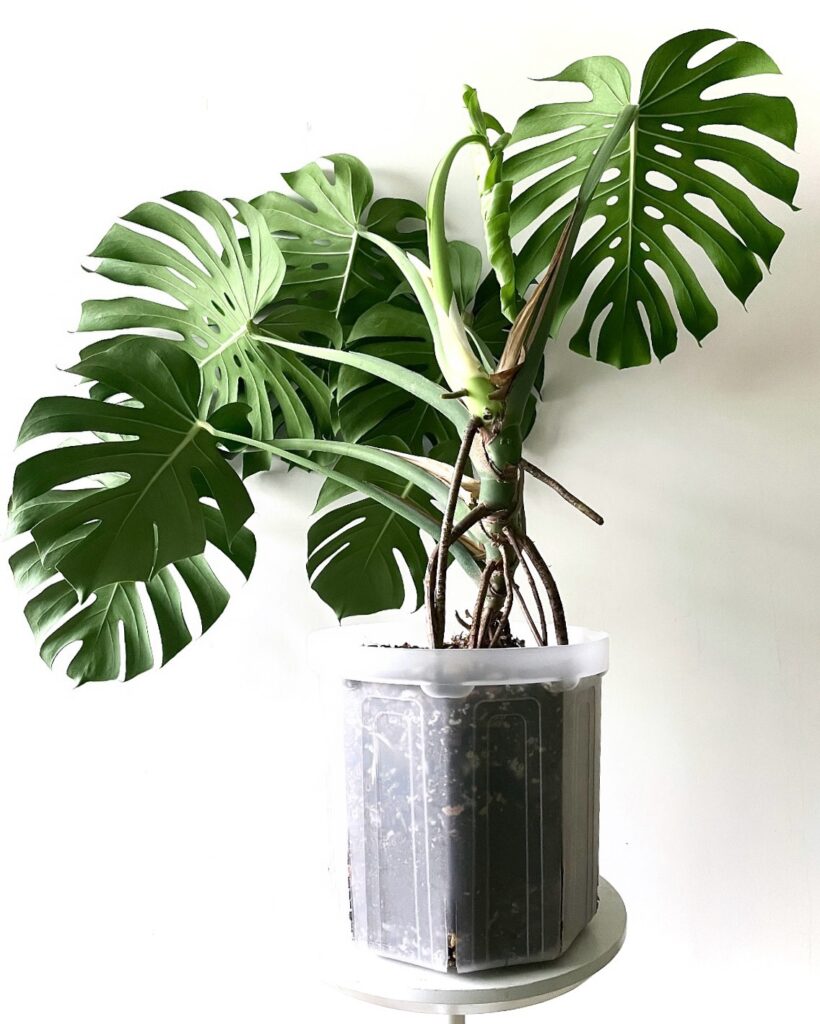
Crafting the Perfect Monstera Deliciosa Soil Recipe
Essential Ingredients
- Peat Moss or Coco Coir (30%)
- Retains moisture while remaining airy. Coco coir is a sustainable alternative to peat moss.
- Perlite (20%)
- Enhances drainage and aeration due to its porous nature.
- Orchid Bark or Pine Bark Fines (20%)
- Adds chunky texture, replicating organic debris from the forest floor.
- Compost or Worm Castings (20%)
- Rich in nutrients, promoting healthy growth.
- Activated Charcoal (5%)
- Purifies the soil, removing toxins and preventing bacteria.
- Horticultural Sand (5%)
- Improves drainage and prevents compaction.
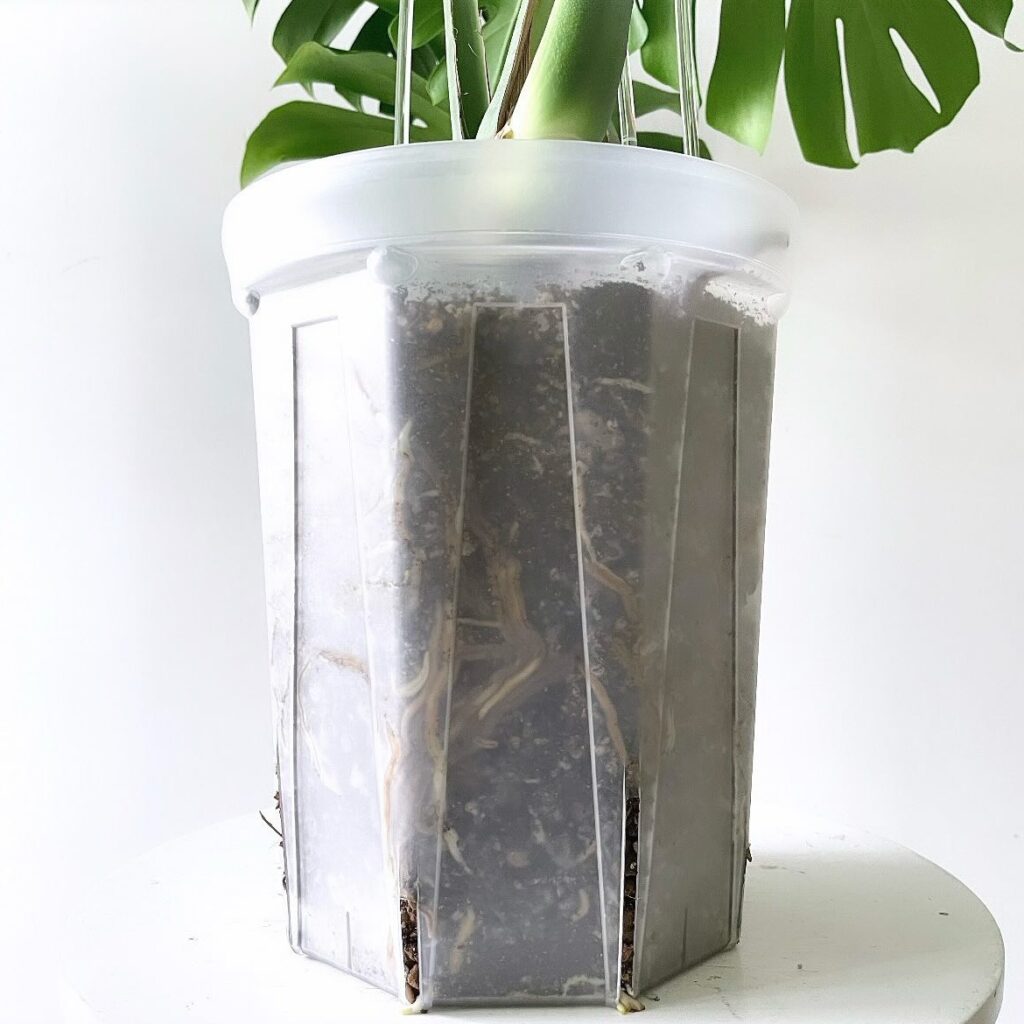
Step-by-Step Mixing Instructions
- Prepare Your Workspace
- Lay out a tarp or use a large container to mix ingredients thoroughly.
- Combine Base Materials
- Mix the peat moss (or coco coir) with perlite to create the foundation.
- Add Organic Matter
- Incorporate compost or worm castings to enrich the mix.
- Integrate Texture Elements
- Stir in orchid bark and horticultural sand for structure and drainage.
- Finish with Activated Charcoal
- Sprinkle in charcoal to keep the soil fresh and disease-free.
- Blend Thoroughly
- Ensure all components are evenly distributed for consistent soil performance.
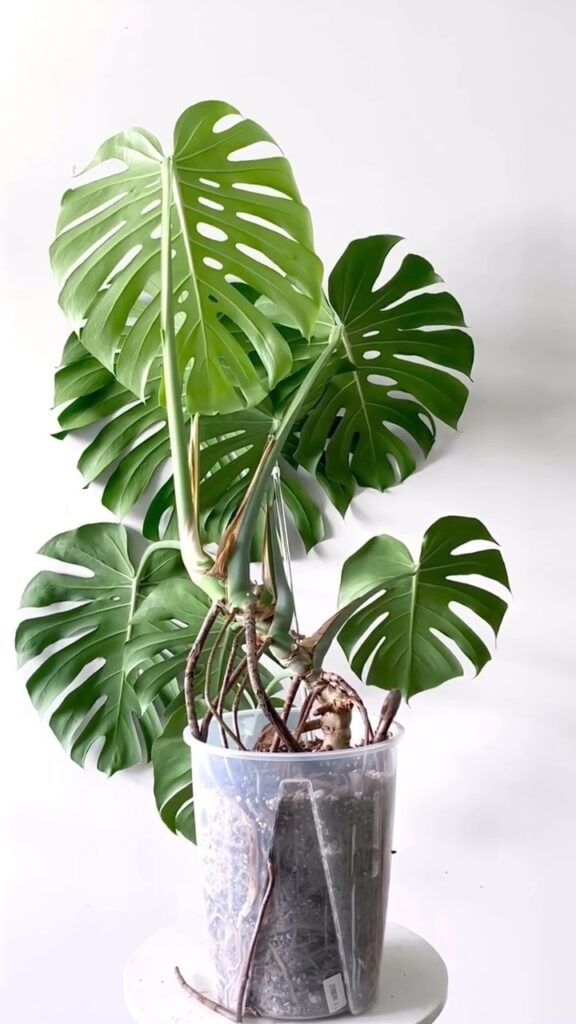
Potting Your Monstera with the Custom Soil Mix
- Select an Appropriate Pot
- Choose one with drainage holes to prevent water accumulation.
- Layer the Bottom
- Optional: Add a layer of gravel or stones to enhance drainage.
- Add Soil Mix
- Fill halfway, position your Monstera, then fill around the roots gently.
- Water Generously
- Allow water to drain completely, ensuring the soil settles around the roots.
Tips for Maintaining Optimal Soil Health
- Regularly Check Soil Moisture
- Insert your finger 2 inches deep; water when it feels dry.
- Replenish Nutrients
- Top-dress with compost or use a balanced liquid fertilizer monthly during growing season.
- Watch for Soil Compaction
- Gently aerate the top layer if it becomes too dense.
- Monitor pH Levels
- Use a pH meter occasionally to keep the soil within the ideal range.
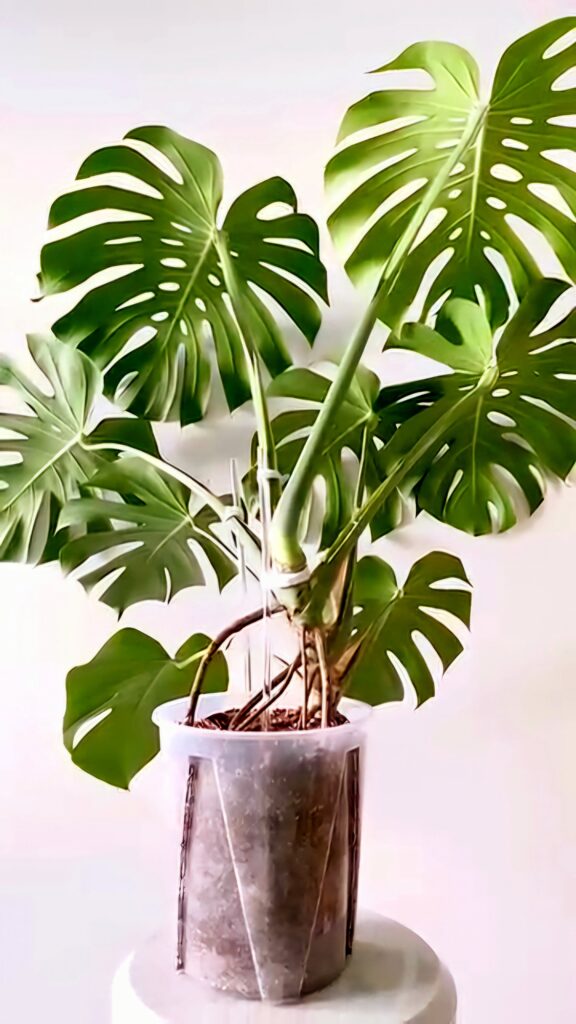
Common Mistakes to Avoid
- Overwatering
- Even with well-draining soil, excess water can be detrimental.
- Using Garden Soil
- It’s often too heavy and may contain pests or diseases.
- Neglecting Soil Refresh
- Over time, soil loses structure and nutrients; repot every 1-2 years.
Enhancing Your Soil Mix (Advanced Tips)
- Add Mycorrhizal Fungi
- Promotes a symbiotic relationship, enhancing nutrient uptake.
- Incorporate Slow-Release Fertilizer
- Provides a steady nutrient supply over months.
- Use Leaf Mold
- Decomposed leaves mimic the natural forest floor environment.
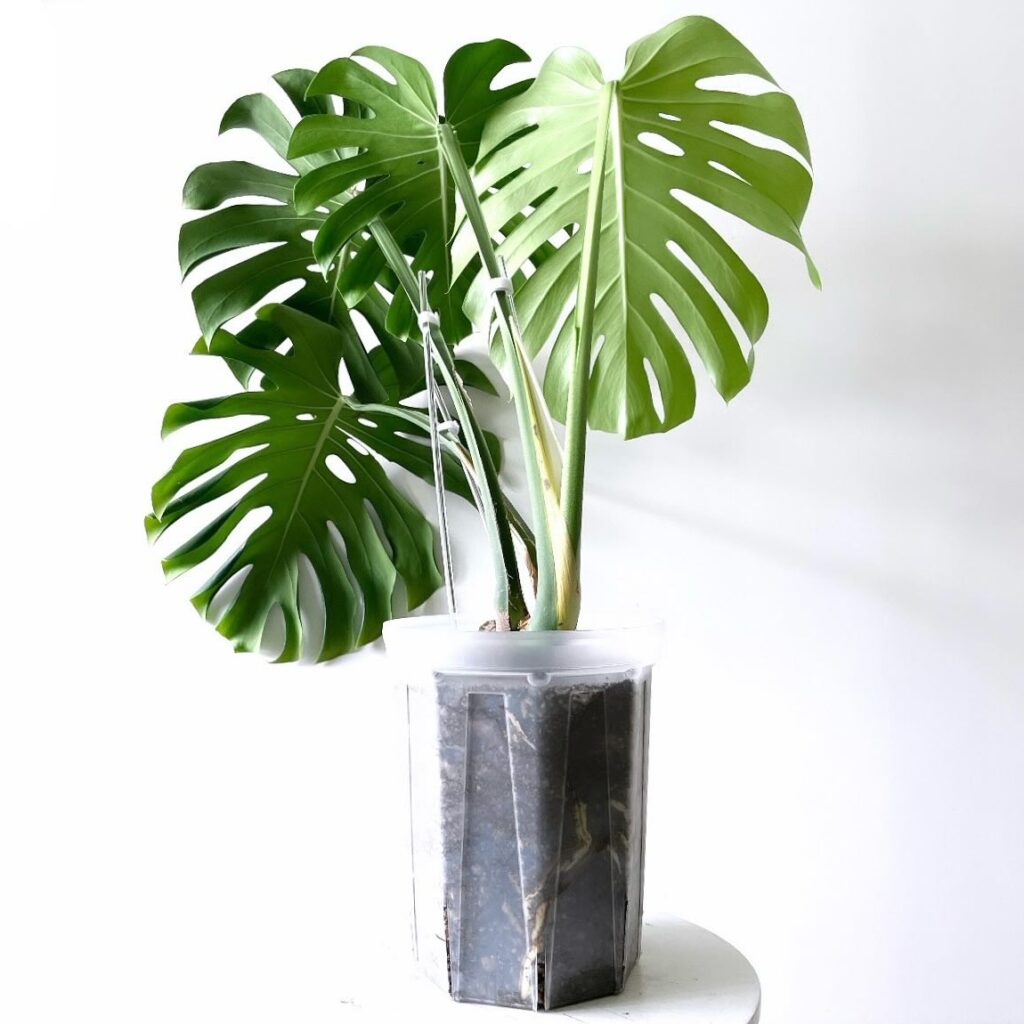
The Role of Soil in Monstera Fenestration
Healthy soil directly impacts the development of those signature holes and splits:
- Nutrient Availability
- Adequate nutrients support robust leaf growth.
- Root Health
- Healthy roots absorb water and nutrients efficiently.
- Stress Reduction
- Optimal soil conditions reduce plant stress, encouraging fenestration.
Yellowing Leaves
- Potential Causes:
- Overwatering or nutrient deficiencies.
- Solutions:
- Adjust watering schedule; consider soil amendments to replenish nutrients.
Stunted Growth
- Potential Causes:
- Compacted soil limiting root expansion.
- Solutions:
- Repot with fresh soil mix; ensure proper aeration.
Wilting Despite Moist Soil
- Potential Causes:
- Root rot from poor drainage.
- Solutions:
- Remove affected roots; repot into well-draining soil immediately.
Beyond Soil: Holistic Monstera Care
While soil is fundamental, consider these factors for a flourishing Monstera:
- Light Requirements
- Bright, indirect light promotes growth without scorching leaves.
- Humidity Levels
- Aim for 60% or higher; use a humidifier or pebble tray if necessary.
- Temperature
- Keep between 65-85°F (18-29°C) for optimal growth.
- Support Structures
- Provide a moss pole or trellis to support natural climbing habits.
Did You Know?
Monstera Deliciosa produces edible fruit in the wild, known as the “fruit salad plant” because of its mix of pineapple and banana flavors. While they rarely fruit indoors, providing the right soil and care can sometimes yield surprise blossoms!
Expanding Your Plant Family
If you’re passionate about Monsteras, you might enjoy exploring other aroids like the Philodendron or the exotic Alocasia. Each brings its own unique flair and, yes, specific soil preferences—another adventure in plant care awaits!
Crafting the perfect soil mix is an art that pays off every time you see a new leaf unfurl. It’s about creating a mini-ecosystem that allows your Monstera Deliciosa to express its true beauty. So grab your gardening gloves, and let’s get mixing!
